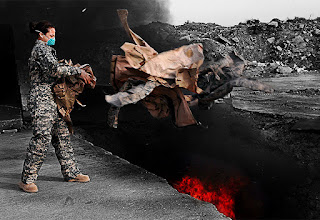There is a rumor that Spring is in the air and temperatures are rising. Now remember, this is Indiana and it could be snowing next week. As the weather warms up so do request for donations and help from many charities and organizations. Veterans are a very visible group and there are many organizations that claim they want to help them. If you want to reach out and help, there are a number of proven valid groups that you should look into.
May is the start of National Military Appreciation Month. It is a declaration that encourages U.S. citizens to observe the month in a symbol of unity. This month honors the current and former members of the U.S. Armed Forces, including those who have died in the pursuit of freedom.
There are lots of ways to show your gratitude for our military veterans and active duty members. You can say thank you to veterans and service members. They can be found having breakfast in restaurants, shopping for groceries, or walking down the street. They can often be identified by their ball caps and or jackets with patches of service branches and units.
Active military members, wherever they are, appreciate a letter from home. Or maybe you can send a care package to someone who is deployed overseas. Depending on the contents, make sure you designate male or female. You can volunteer with a local veterans’ group or organization or maybe attend an event. You can also support one of the many great organizations that are serving active and retired members of our military and their families.
For more information about National Military Appreciation Month, go to https://militarybenefits.
If you would like to donate to help veterans or maybe help out personally, there is a web site that lists groups and organizations that have been vetted and reviewed. The site is www.charitynavigator.org/
A couple examples of each group are as follows. Wounded Troops Services: Hope for Warriors, Adaptive Sports Center, The Gary Sinise Foundation. Military Social Services: Challenged Athletes, Hire Heroes USA, Iraq and Afghanistan Veterans of America. Military Family Support: Air Force Aid Society, National Veterans Foundation, Our Military Kids.





